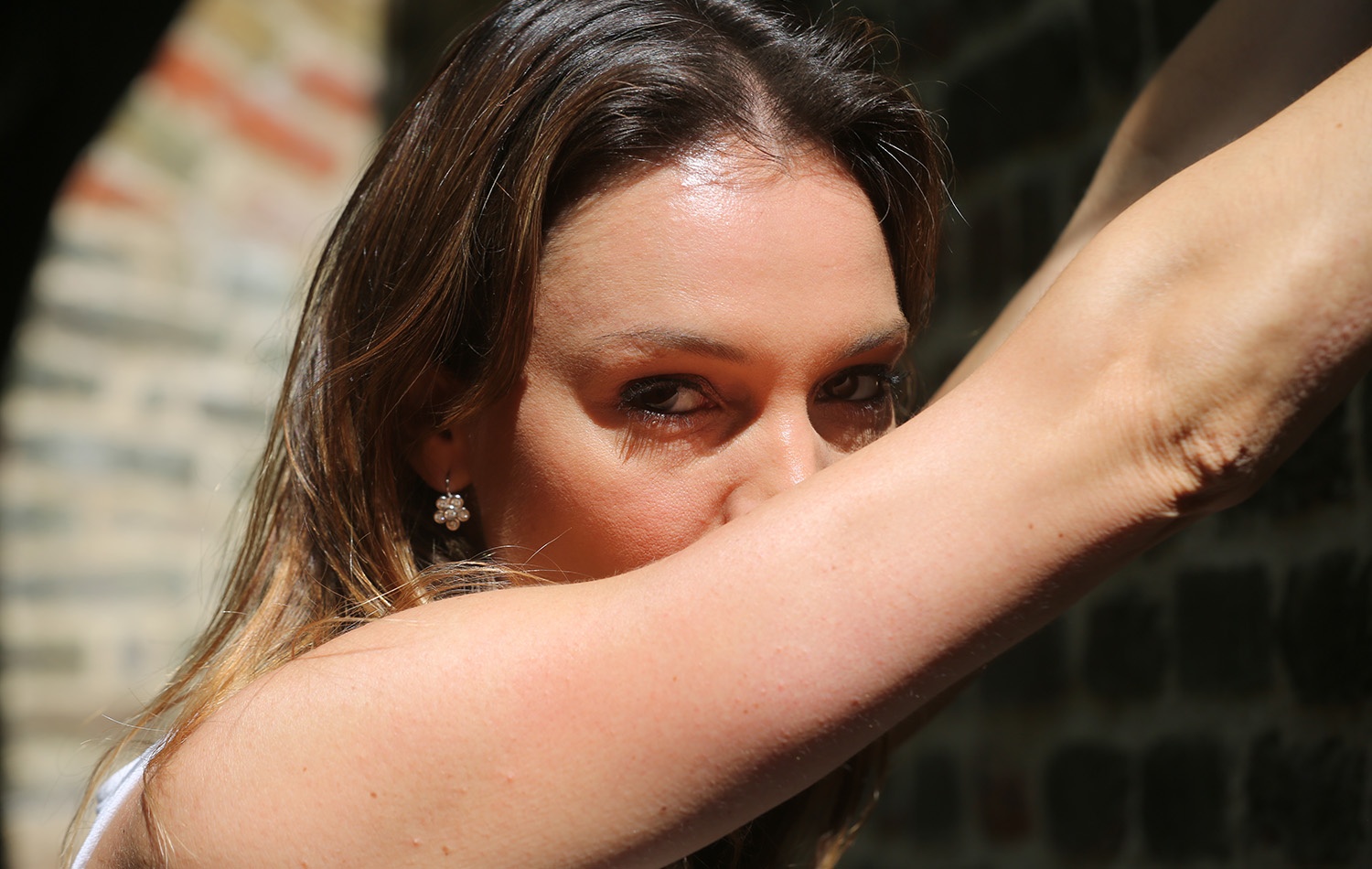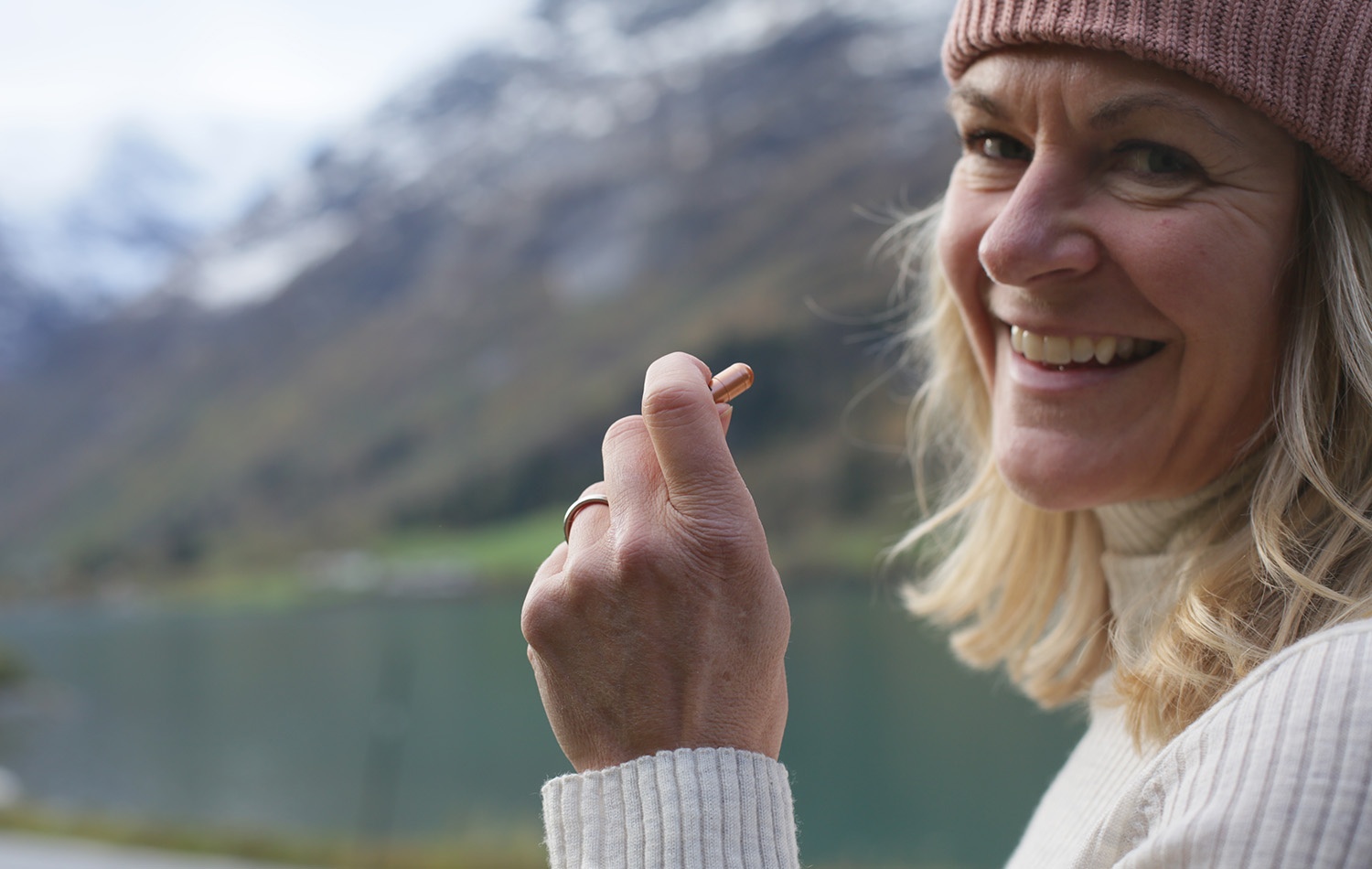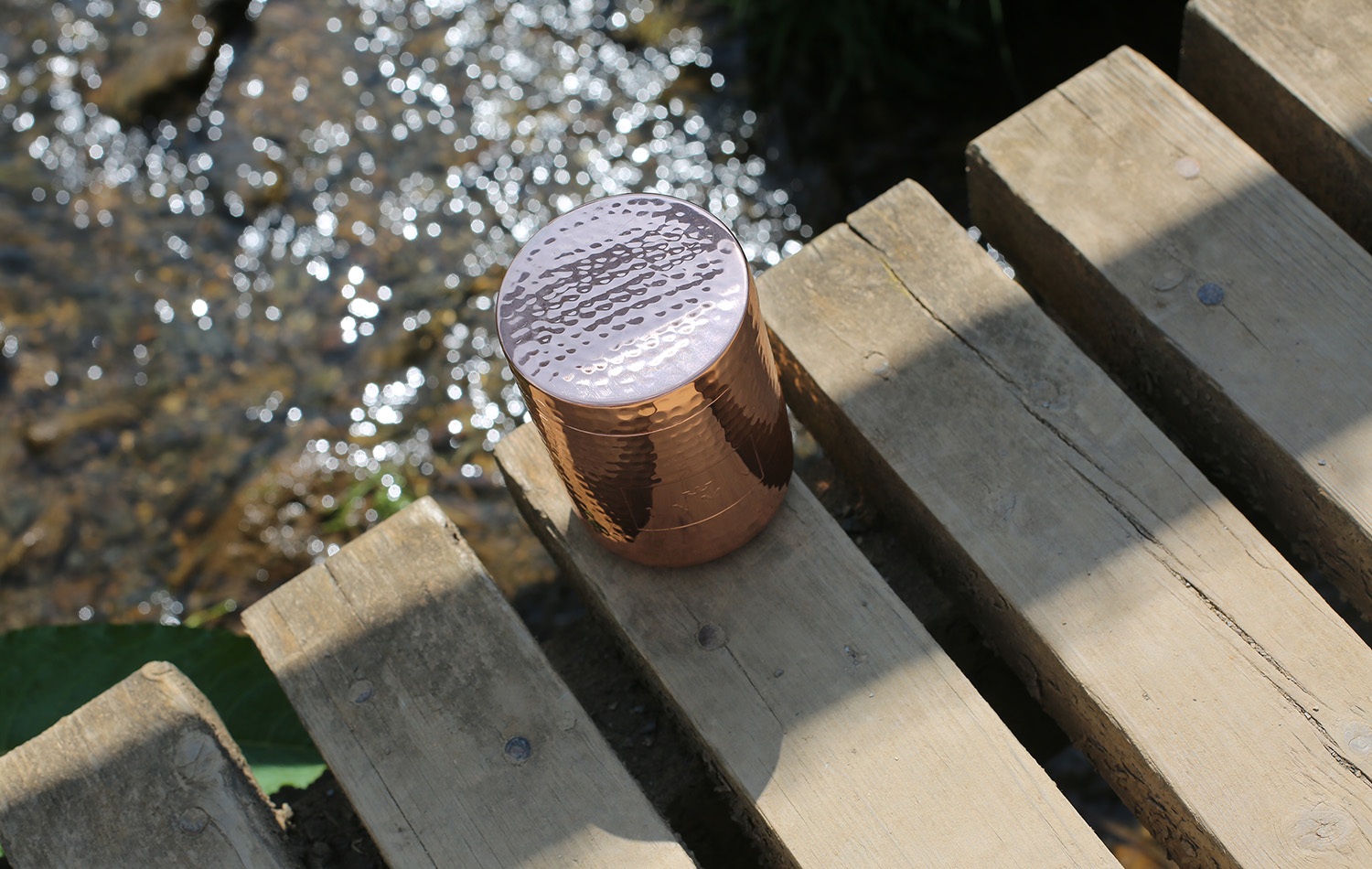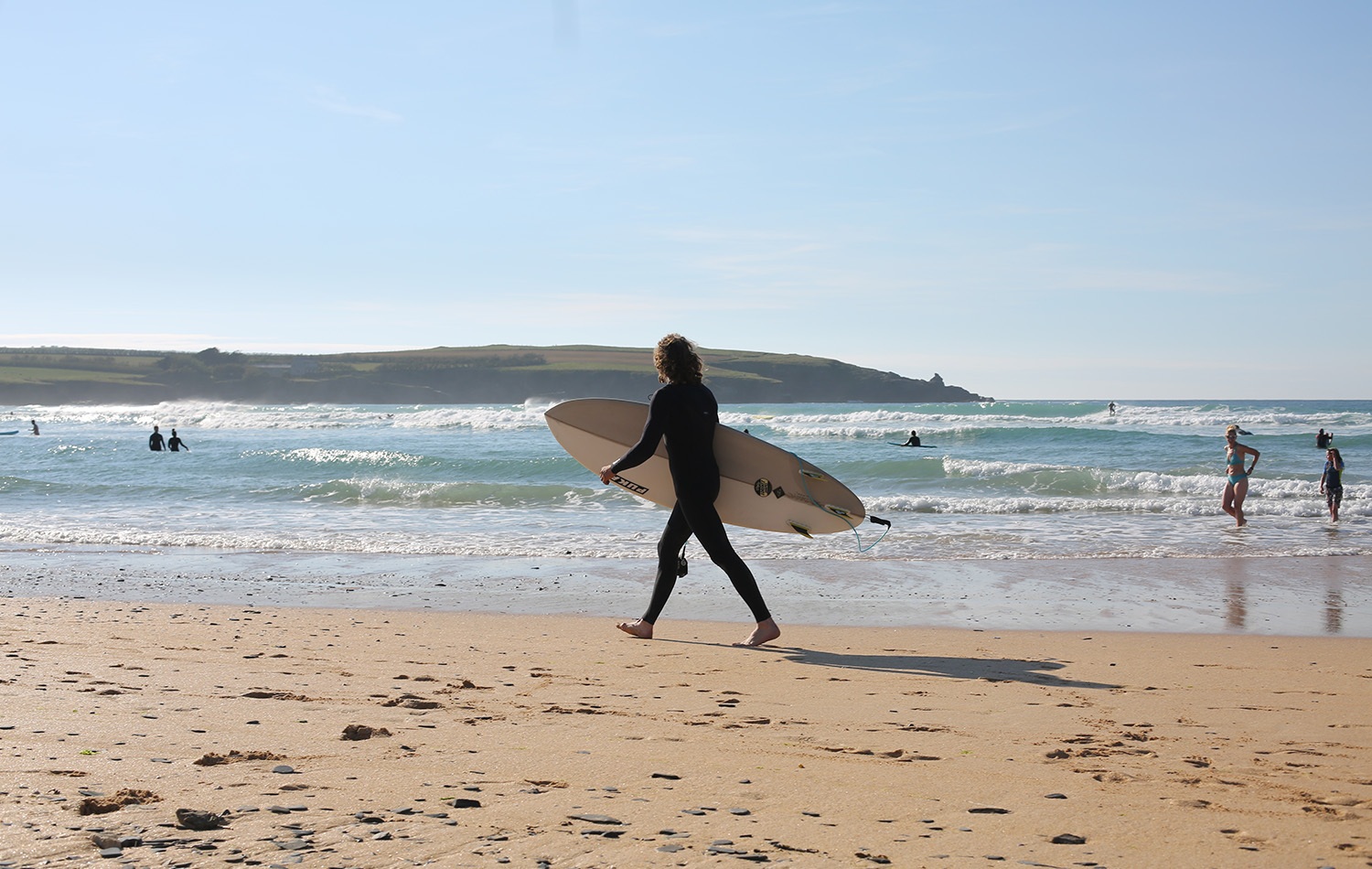9 Minute ReadEducation by Jessica Lacey
20.06.22 (Updated 19.06.23)
Tracee Ellis Ross does better service to a high cut bodysuit than the majority of twenty-year-olds. At 49, her athletic physique, defined décolleté and sculpted arms carried off the most plunging of Oscar dresses - something she accredits it to thrice weekly weightlifting, yoga and ballet sessions. A cursory glance through her latest Instagram feed sees her employing aerial resistance bands and deadlifting anvil-like weights at The Tracey Anderson Method studio and having a whole lot of fun in the process. Quite simply she makes fitness at nearly fifty look joyful, which is no mean feat – she’s also a LYMA Laser user, so we’re going to say she definitely knows her stuff.
Whilst more of us subscribe to the advantages of staying fitter, longer into life thus increasing our health span, our reasons for keeping in shape adjust with each age bracket. In your twenties and thirties, that somewhat superficial goal to look good in a tightfitting ensemble, all too swiftly progresses into being able to carry your shopping at eighty. How utterly depressing. Sorry.
Ross might be particularly genetically blessed, (Diana is her mother after all) but make no mistake, her workouts are as meticulously designed as her red carpet outfits. What she does so brilliantly, is rather than slow down, she’s cracked how to align her fitness approach to her life point.

“Forty is a pivotal age for fitness,” confirms Si Tate founder of Tate Wellness; London’s go-to for the ‘fit over 40’ set. “Women can experience a change in their mid-to-late thirties due to hormonal shifts and of course it depends how active you are but overall, 40 also seems to be the benchmark. In both sexes, there’s a discernible hormonal decrease that causes loss in bone density, particularly with women who experience significant drops during menopause, that’s often accompanied by rising stress levels, additional work responsibility and the impact of a family can cause sleep to take a beating too.”
Previously a top London injury specialist, Tate modified his focus to meet his client base, “Clients who I’ve worked with for years were moving into the next decade and so was I. They would inform me that they were off to do a Barry’s Bootcamp with bad hips and knees and it hit me that we urgently needed to engineer workouts to be more intelligent, more age-appropriate and that would prepare them for the next stage of their lives. A runner in their 40’s needs to pay attention to aches and pains, not push through like they might have done in their 30’s. Likewise, those who used to do HIIT or spin classes three times a week, need to update those sessions to incorporate strength, low intensity cardio and mobility work to loosen them up. Fitness is an ever-shrinking sphere and you need to keep stretching that capability to make life easier and more enjoyable.”
Si recommends a three-pronged approach to fitness comprising of cardio, strength training and mobility exercises. This combination is the best workout no matter your age, though the impact and intensity level of those three elements, should be continuously updated.
Cardio – think hiking, running, cycling and swimming but it’s anything that gets the heart racing
Strengthening – think Pilates, body weights, core strengthening, balance work, lunges and squats
Mobility – think Yoga, pilates, stretching and any movement that increases range of motion

But what if you’re a committed runner who doesn’t want to swap it out for lower impact exercise? Eric Logan now age 50, competes in duathlons and world championships. A spokesperson for the @DiverseWe Run community and creator of 'No Gimmicks, Just Sweat' podcast, Eric likes to repeatedly bust the myth that running has to halt with age but fully subscribes to the ideal of updating technique. “Running is an effective way to stay fit and strong as you grow older. The key is to adapt it to the individual needs of your body, understand your limits and set realistic expectations. I approach running at a level that is age appropriate, so my daily runs are generally 1-3 miles with one long run of 6-8 miles per week. 15-20 miles total for a week is normal for me.”
The biggest thing Eric’s learned is the importance of understanding how muscle composition changes with age and how that contributes to running performance and longevity. “As a part of the aging process, our bodies naturally slow down and after age 40, you generally lose about 1% of your muscle mass every year. This leads to a reduction in muscular endurance, making training harder and recovery take longer. Simply incorporating regular strength training workouts to your routine can help maintain muscle mass as well as improving your coordination, muscle tone, and body composition.”

The fitness mantra here is ‘Prehab not Rehab’ which not only means immediately addressing those niggles, aches, pains and any tightness but also focusing on injury prevention. Indoor rowing is an ideal cardiovascular exercise in your 60’s and 70’s because it utilises around 85% of the muscles in your body, therefore unilaterally improving muscle strength throughout. And because rowing is performed in one fluid motion, there is very little pressure on the joints, making it a low-impact, non-weight-bearing exercise that’s also a great way to maintain flexibility and balance.
In direct opposition, however, is golf. “Don’t underestimate golf,” warns Si. “Golf is hugely popular for both men and women in their retirement because it’s seen as a gentle and a less demanding form of fitness but that’s far from the truth. The motion and impact in hitting that ball can be explosive, plus there’s significant rotation and mobility required for the swing which carries a sizeable danger of back injury.” If you’re not keen to quit the green, taking up Pilates for improved strength and mobility will protect your joints and better your golfing game.”
Becoming a CrossFit disciple in your dotage might not seem like the most obvious choice but it’s a smart way to use fitness training sessions to enhance quality of life. Statistics show that half of women over the age of 50 will sustain a bone fracture at some point and 20% of men - that injury will have a huge impact on all facets of day-to-day life. Regularly lifting weights will increase bone density and improve your odds of avoiding injury.
“CrossFit has no end point; the concept is designed to be universally scalable because at the core of it is normal moment in everyday life,” says Karl Steadman, CrossFit UK & Ireland Manager. Sure, there’s the extreme end of walking on your hands and doing the jump rope which might be unattainable past a certain age (or ever) but deadlifts and squats are movements required in everyday tasks and Steadman argues that as long as you’re lowering and raising your centre of mass, CrossFit can be part of your life. “We’re focusing here on maintaining the movement pattern and the difference between Olympic athletes and our grandparents merely lies in the degrees of movement and to which they’re applied. Both are going to squat under own steam, both will be fulfilling the criteria of squatting and strength training is based on relative intensity, so providing the individual is challenged, the benefits are there,” explains Steadman.
Obviously, there’s extensive assessment involved and adaptations to be made but developing the range of motion protects joints and wards against injury. Joints sit within safe range of motion and we are born with an anatomical end range. Over life that range reduces and certain movements become less comfortable but preserving that range as much as possible keeps joints healthy and sustains mobility longer.
What’s more, the older the athlete, the more success they often achieve. “We often find that the oldest of our CrossFit community attend more training sessions than anyone because they have the flexibility of time but also by lowering the intensity of each session, they can increase the frequency of their workouts. Also, ego gets in the way of improvement and advancing age tends to limit that ego and instead focus on the task in hand.”

Supporting your body through good nutrition and effective supplementation is a smart way to keep exercising into your later years. K2VITAL® DELTA, the world’s most bioavailable, all-trans Vitamin K2 is a vital nutrient to improve bone density that diminishes overtime. Supplementing with K2VITAL® DELTA has been shown to improve bone density and prevent the onset of osteoporosis.
Furthermore, there is a link between long-term K2VITAL® DELTA supplementation and increased arterial and cardiovascular health. “K2Vital® Delta and Vita-algae D3® is a potent combination for bone, heart and immune health, and the actives we use have been shown to enhance bone and vascular physiology, and a range of immune functions.” Prof. Paul Clayton, Expert in Personal and Preventative Medicine and Head of Science for LYMA who include K2VITAL® DELTA in their gold-standard health LYMA Supplement at the clinically proven daily dose of 75μg.
What’s more, the LYMA supplement has recently been reformulated with an additional tenth power ingredient - Levagen®+, a patented and bio-engineered form of palmitic acid monoethanolamide which the body naturally produces to relieve pain. Levagen®+ has repeatedly proven in medical trials to reduce lactate levels thus allowing the body to work to higher intensities but rather than causing damage, this ‘bliss molecule’ has also shown to lessen joint pain and even accelerate healing in post-workout muscle damage. It’s these attributes that have Levagen®+ being utilised by professional athletes worldwide, as a standout ingredient to both boost athletic performance and aid swift muscle recovery.
With a few adaptations along the way, it’s entirely possible to keep active as you stride from one decade into the next. Armed with a well-honed workout regime and a daily habit of evidence-based supplementation, the body can keep on hitting fitness goals and extending that health span. Admittedly, we might not ever be Ellis Ross swinging from the gym ropes in a metallic bodysuit but we can still channel her ebullient energy and maintain the joy of working out, no matter our age.